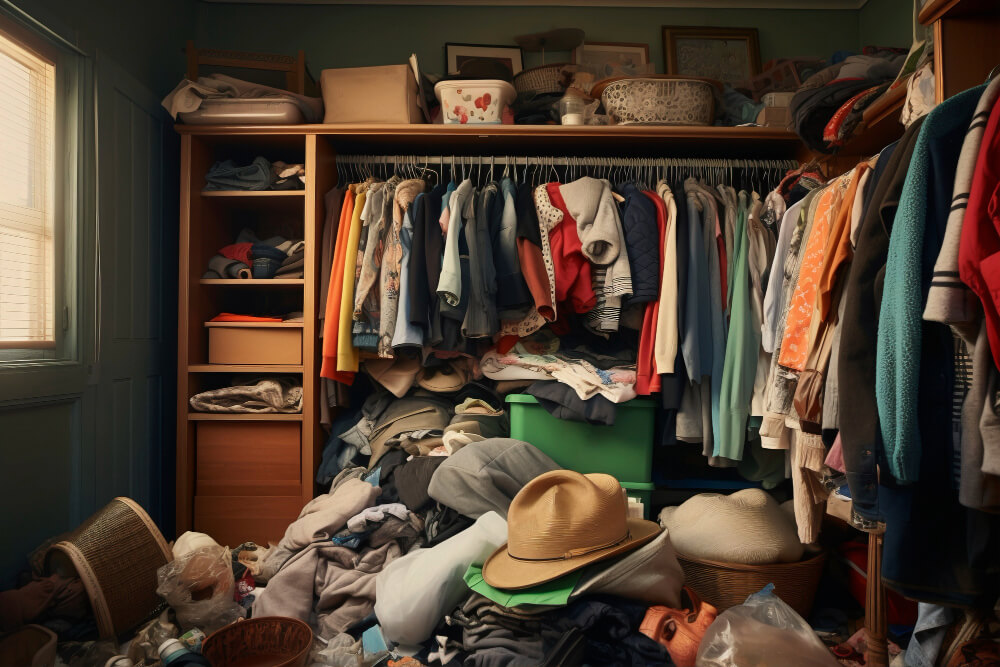In the realm of fair housing, the issue of hoarding poses intricate challenges not just in terms of property management but also in safeguarding the health and safety of occupants.
Hoarding disorder is characterized by the excessive accumulation of items, often compromising living conditions. In the United States, fair housing staff must recognize and address these concerns within the framework of legal compliance.
In this blog, we will discuss the health and safety issues arising from hoarding that fair housing staff should be aware of and the best practices to ensure compliance.



Understanding Hoarding Disorder
The manifestations of hoarding disorder range from simple accumulations of papers, clothes, and household goods to extreme cases where spaces become impassible because of the accumulation. As a result of hoarding, individuals are often distressed at the thought of discarding items, resulting in extensive clutter in their living spaces.
Health and Safety Implications
For fair housing staff, being cognizant of the health and safety risks associated with hoarding is crucial for effective management and compliance. Some key concerns include:
- Fire Hazards: Messy environments increase the risk of fires because they are cluttered, contain overloaded electrical outlets, and contain flammable materials. In the case of an emergency, hoarded items can obstruct pathways that could impede swift evacuation.
- Sanitation Issues: Having too much clutter can lead to unsanitary living conditions from rodents and insects. Additionally, accumulated items can obstruct ventilation systems, potentially resulting in mold growth and exacerbated respiratory problems.
- Structural Integrity: Hoarded items, particularly when stacked improperly, pose structural risks to the property. Having too much weight can strain floors and compromise walls and ceilings, which puts both occupants and buildings at risk.
- Health Risks: Individuals living in hoarded spaces are exposed to heightened health risks. It is important to note that poor hygiene, mold, pests, and limited access to essential areas such as kitchens and bathrooms can trigger physical health problems and exacerbate mental health problems.
Legal Compliance and Fair Housing Act
Supporting individuals with hoarding disorders while adhering to the Fair Housing Act requires a delicate balance between ensuring the safety of the living environment and supporting those with the disorder. Hoarding disorder is classified as a mental health condition under the Act, which prohibits discrimination against individuals with disabilities.
As part of the Act, landlords and property managers are also required to maintain a safe living environment. Considering safety concerns related to hoarding presents a challenge, since individuals with hoarding disorders should not be discriminated against by such measures.
Best Practices for Fair Housing Staff
- Education and Training: Offering training programs to staff members to recognize the signs of hoarding disorder and understand the appropriate steps to address these issues while remaining compliant with fair housing laws.
- Collaboration and Support: Establishing partnerships with mental health professionals and social service agencies to offer support to affected individuals, promoting a collaborative approach to mitigate hoarding-related risks.
- Documentation and Communication: Maintaining detailed records of observed safety hazards, communication with occupants, and steps taken to address hoarding concerns is vital for legal compliance and due diligence.
- Reasonable Accommodations: Implementing reasonable accommodations in collaboration with affected occupants, which could include gradual cleanup plans or connecting them with resources for therapeutic interventions.
Bottom Line:
In the realm of fair housing, addressing hoarding-related health and safety concerns necessitates a nuanced approach that balances legal obligations with empathy and support for individuals affected by hoarding disorder. By fostering understanding, collaboration, and compliance with the Fair Housing Act, fair housing staff can effectively navigate these complex challenges while prioritizing the well-being and safety of all occupants.




